The Minnesota’s 2025 Governor’s Pheasant hunt was held on October 11th with a Get-Together on the 10th in the Ortonville area.
I’ll attend this year’s event, the Ortonville area is an excellent location for both hunting and fishing.
According to the August Roadside Survey, this area, the southwest region of the state had the highest pheasant index at 152 birds per 100 miles.
Within a 30-mile radius of Ortonville, there are at least 85,000 acres of public upland game habitat available for hunting and recreation.
A significant portion of this habitat is found within the Big Stone National Wildlife Refuge, but there are also nearly two dozen state-managed Wildlife Management Areas (WMAs) in the vicinity.
BIG Stone National Wildlife Refuge: This large area offers 24,300 acres of prairie, wetlands, and woodlands along 11 miles of the Minnesota River. It is a prime destination for hunting upland birds, deer, and turkeys. The refuge is known to be situated in tallgrass prairie country.·
Wildlife Management Areas (WMAs): Numerous smaller public hunting lands supplement the refuge. For example, Lac qui Parle WMA, a master plan for which was released in 2024, includes some of the state’s largest tracts of native tallgrass prairie and is managed to benefit pheasants and other wildlife.
Prairie Coteau region: Ortonville lies within this region, which was historically dominated by native prairie and wetlands. Although most of the area is now used for agriculture, conservation efforts have protected remaining prairie and restored habitat.
If the corn is still in, which much of it may be, its rows will be planted close together, making it impossible to get through it, with the best bet for success is to have hunters along the “edges”, where the grassland is adjacent to the first rows of corn.
Habitat specifics:
The area’s prime upland habitat is a mixture of restored and remnant tallgrass prairie, wetlands, and grasslands. While the landscape is dominated by agriculture, these public lands provide critical nesting cover, food, and security for upland birds and other species. Conservation groups, such as Pheasants Forever, work with state and federal agencies to enhance this habitat.
The Minnesota season opens Oct. 11th – Nov 30th, reopening Dec. 1st – Jan 4th.
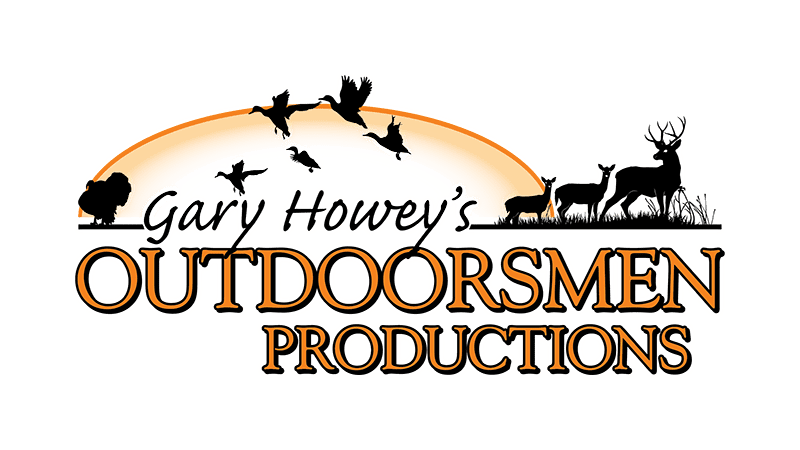
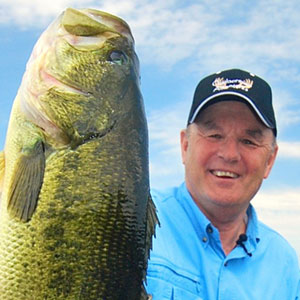
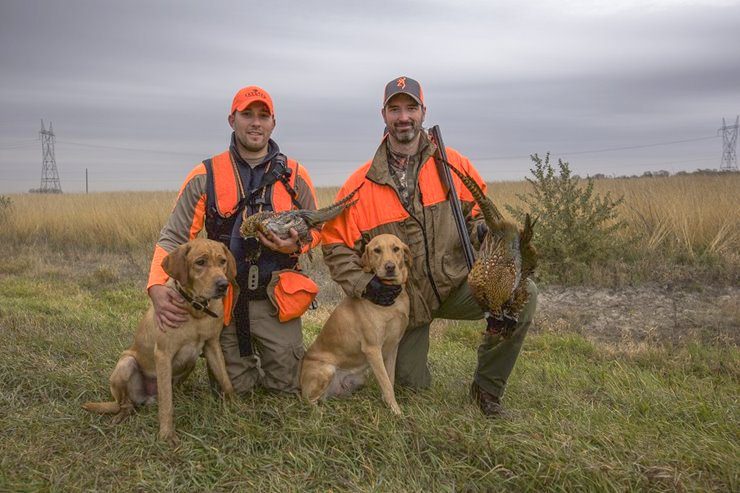
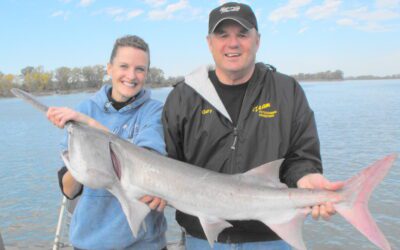

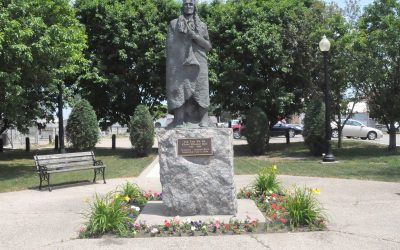
0 Comments